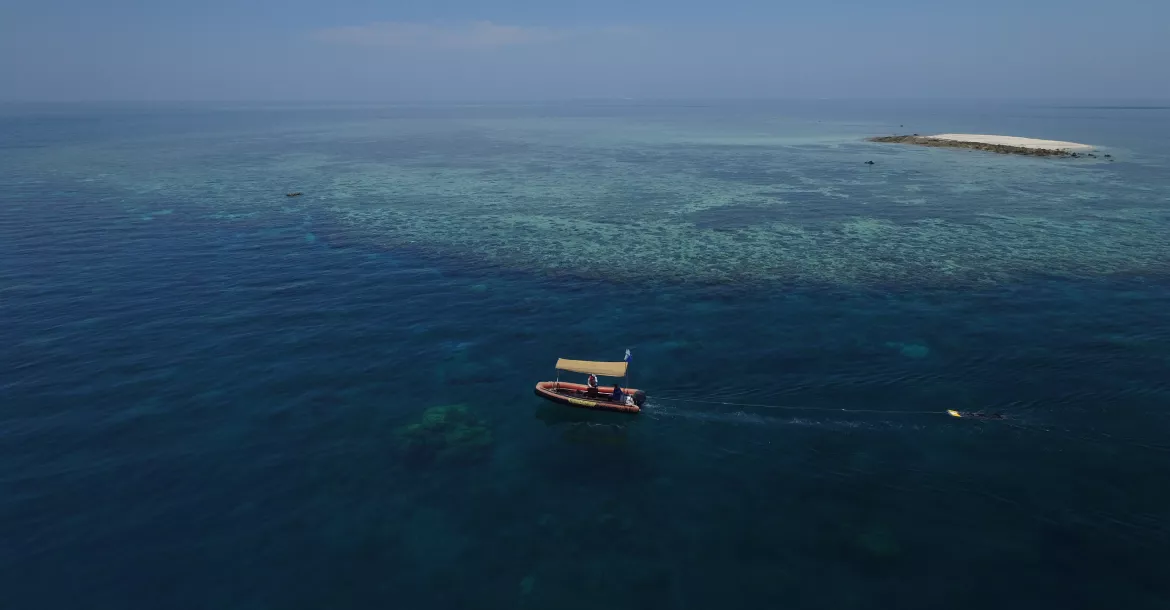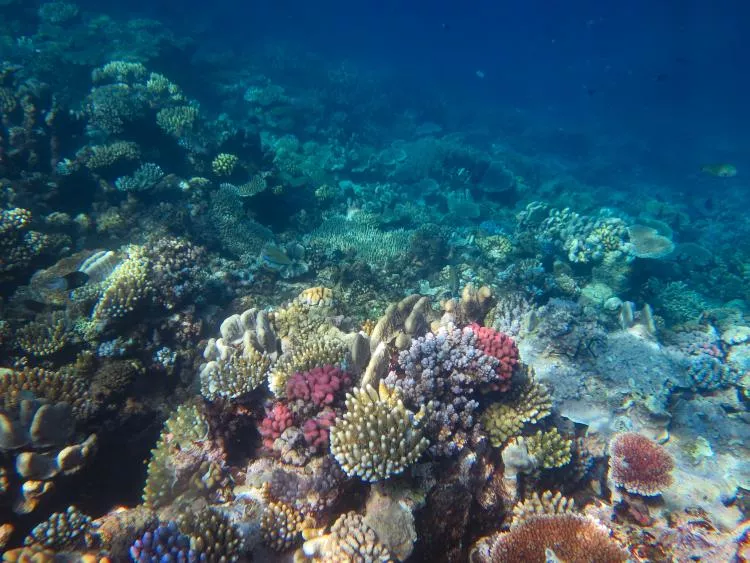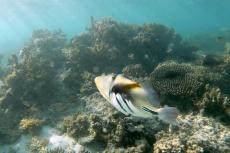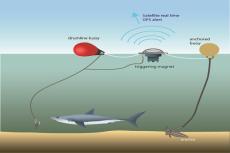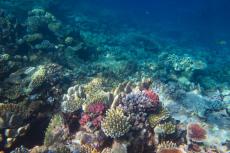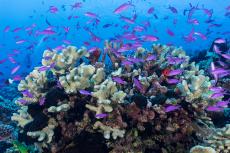Continued coral recovery recorded across two-thirds of the Great Barrier Reef
Rare piece of good news: The northern and central Great Barrier Reef have recorded their highest amount of coral cover since the Australian Institute of Marine Science (AIMS) began monitoring 36 years ago.
Published today, AIMS’ Annual Summary Report on Coral Reef Condition for 2021/22 shows another year of increased coral cover across much of the Reef. The report summarises the condition of coral reefs of the Great Barrier Reef (GBR) from the Long-Term Monitoring Program (LTMP) surveys of 87 reefs conducted between August 2021 and May 2022 (reported as "2022").
The survey found average hard coral cover in the upper region and central areas of the reef increased by around one third. However, the average coral cover in the southern region (from Proserpine to Gladstone) decreased from 38% in 2021 to 34%.
AIMS CEO Dr Paul Hardisty said the results in the north and central regions were a sign the Reef could still recover, but the loss of coral cover in the southern region showed how dynamic the Reef was.
He emphasizes that the loss of coral cover elsewhere in the reef suggests it is still susceptible to threats, like marine heatwaves. The report added that due to climate change, these disturbances that could reverse the progress in coral growth were likely to become more frequent and longer lasting.
“A third of the gain in coral cover we recorded in the south in 2020/21 was lost last year due to ongoing crown-of-thorns starfish outbreaks,” he said. “This shows how vulnerable the Reef is to the continued acute and severe disturbances that are occurring more often, and are longer-lasting.”
The increasing frequency of warming ocean temperatures and the extent of mass bleaching events highlights the critical threat climate change poses to all reefs, particularly while crown-of-thorns starfish outbreaks and tropical cyclones are also occurring. Future disturbance can reverse the observed recovery in a short amount of time.
AIMS monitoring program team leader Dr Mike Emslie

